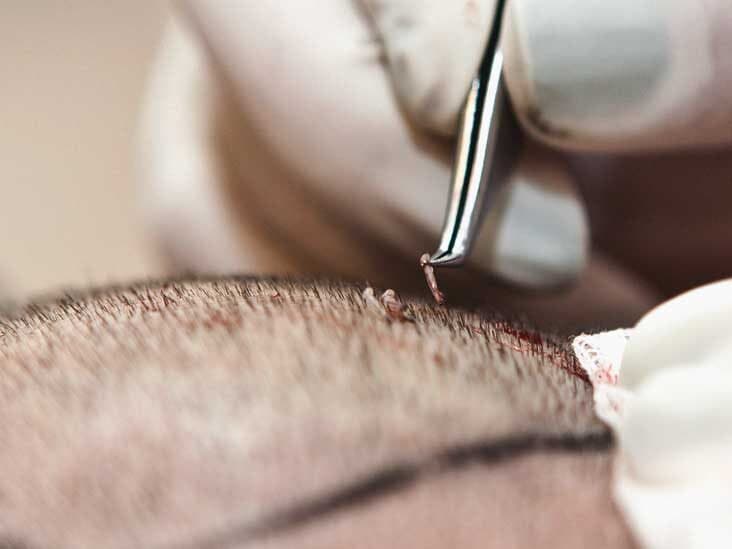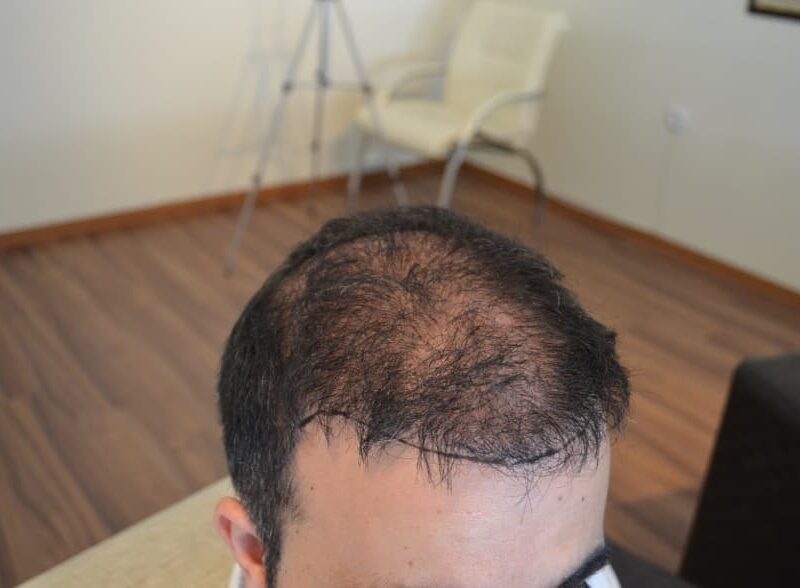Although hair transplant may seem quite an easy practice, most people underestimate its complexity. First of all, it may be a cosmetic practice, but it is still microsurgery. Even though the methods may vary depending on the technique you are going to prefer, all include cutting an incision on the operation area.
This means that your skin can be exposed to harmful substances. As a result, your scalp can be infected. On the other hand, this is a rare complication and highly depends on the cleanliness of the surgery room and patients.
How Do You Know If Your Hair Transplant is Infected?
Since the incisions will be tiny, it may be impossible to notice the infection at first. Therefore, there are some indicators that you need to be aware of. One of them is excessive swelling and redness. It is natural to expect some swelling and redness after a few days from the operation, but it should start to recover in a few days.
Moreover, bleeding is also another indicator of infection. Your surgeon will inform you about what to expect after the operation and the following days. Anything that seems unusual to you should be taken seriously and reported to your surgeon immediately for early treatment. You can get more information about Hair Transplant Infection by filling out the form.
How Do You Treat an Infected Hair Transplant?
You should not try to take care of the infection on your own. The best thing you can do is consult your surgeon. He or she will recommend you some topical or oral antibiotics after the examination. If you regularly use these antibiotics as advised by your surgeon, you can easily treat your hair transplant infection.





